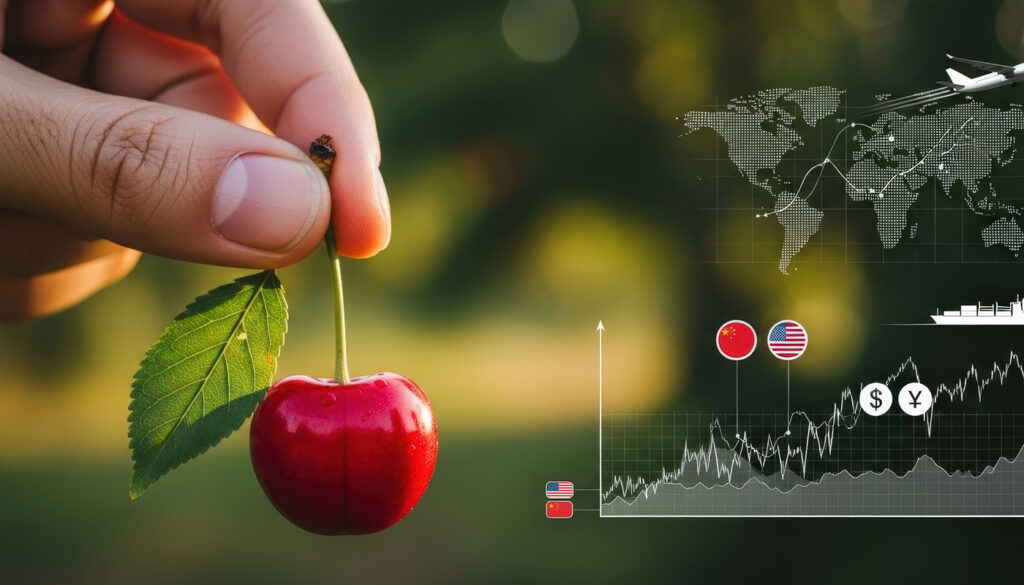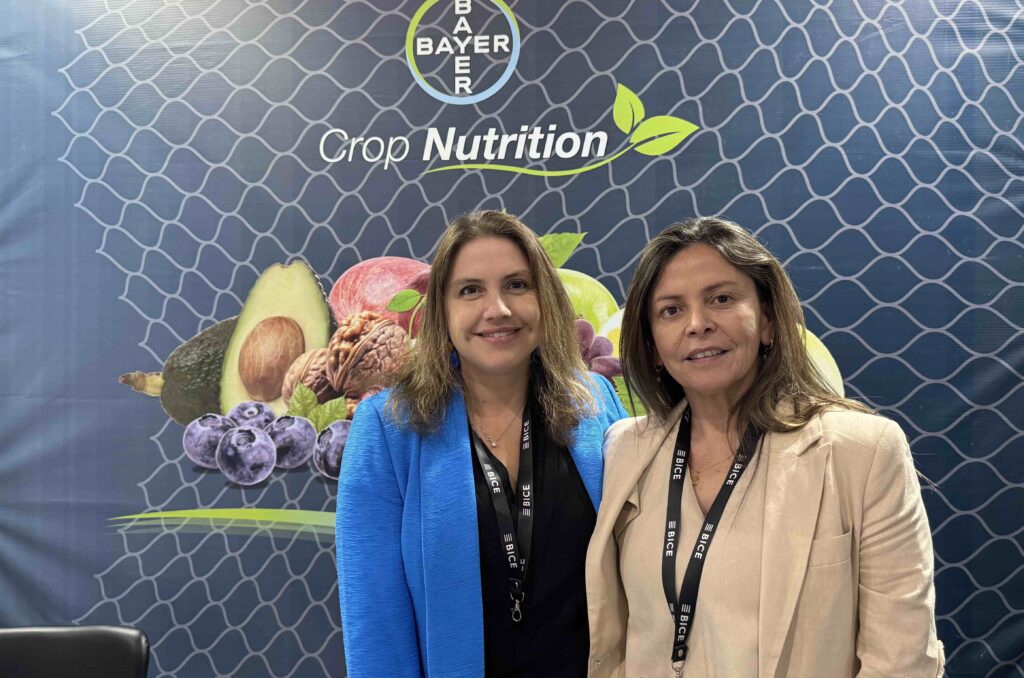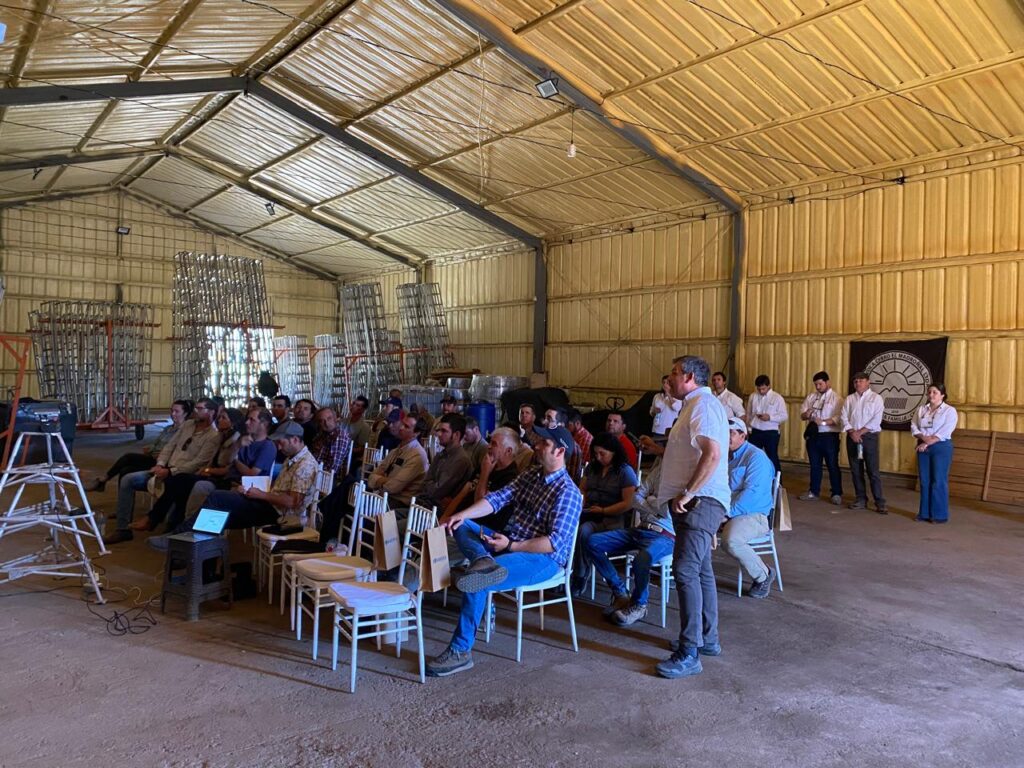
The specialist advisor in cherry production and Technical Director of Avium made a positive assessment of the accumulation of chilling hours (CH) of the current season and stressed that “we have to understand and accept that a better year in terms of chilling accumulation is related to a high potential or the possibility of having a high productive potential”.
On July 31, the accumulation of cold hours ended, which began at the beginning of May, marked by 50 percent of fallen leaves in cherry orchards (yellow leaves = fallen leaves). This accumulation is a fundamental part of the use of the reserves that the trees have to start the next season; quantity, quality and condition of the fruit are directly related to this important process.
Carlos Tapia, a specialist advisor in cherry production, made an assessment of the recent accumulation of HF, based on the classic model, i.e. below 7.2 ºC: “The accumulation of cold hours this season, always taking into account that it started on May 1 and ended on July 31, is based on a rough estimate, so to speak. Although all areas met the minimum requirement, from the point of view of the physiology of the species, we are within an average year of the last 10 years, in terms of total accumulation,” he explained.
For the third consecutive year, Avium has published the weekly report “Evolution and Comparison of Accumulation, Tp. 2022-23” on Smartcherry, in which it is possible to find the total HF graphs for the current season, the HF accumulation curve for the last season and the average for the last 7 years.

“This is not an extraordinary year in terms of total, but it is a good year; the most important thing in a year like this is that the central phase of cold accumulation, which generally corresponds to the month of June and is defined as endodormancy, has been very good in most areas in terms of accumulation,” the specialist explained.
In this stage, which in practical terms begins on June 1 and ends on the 30th of the same month, at least 250 accumulated HF must be achieved.
“If we put it into numbers, June in general exceeded 220-250 hours of cold during that period, and with few interruptions. Luis Valenzuela, in one of his articles in recent months, relates and details that although the month of June, the endodormancy, can have good accumulation, it can also be qualified in terms of quality by interruptions, that is, these so-called “summer of San Juan” that one suddenly finds. In general, this endodormancy was much more homogeneous in terms of accumulation, without interruptions and that makes it more consistent, therefore the final balance, the general balance after having finished the accumulation stage, is good,” determined Carlos Tapia.
By the way, each variety requires a different amount of cold hour accumulation, an objective that is also determined by the geographical location of each orchard.
“There are areas that clearly, due to their climatic characteristics, have accumulated much more than others, but that is the reality of the different valleys in cherry production; this is an important factor to take into account when analysing productive potential. One of the purposes, one of the objectives of why the plant needs to accumulate cold, is to have its own reserves in order to ensure or promote the potential for production, flowering, setting, development, fruit size, etc.” explained Avium's Technical Director.
Tapia also added that “The years with greater cold accumulation are obviously related to greater fruit set, greater potential,” Warning, however, that there are other factors that influence these processes: “For example, spring temperatures, the absence or presence of spring frosts, the presence of rain, also in spring, and other external factors that could regulate the potential; but, without a doubt, when we are advanced in the season we have to understand and accept that a better year, in terms of cold accumulation, is related to a high potential or the possibility of having a high productive potential,” the specialist concluded.










